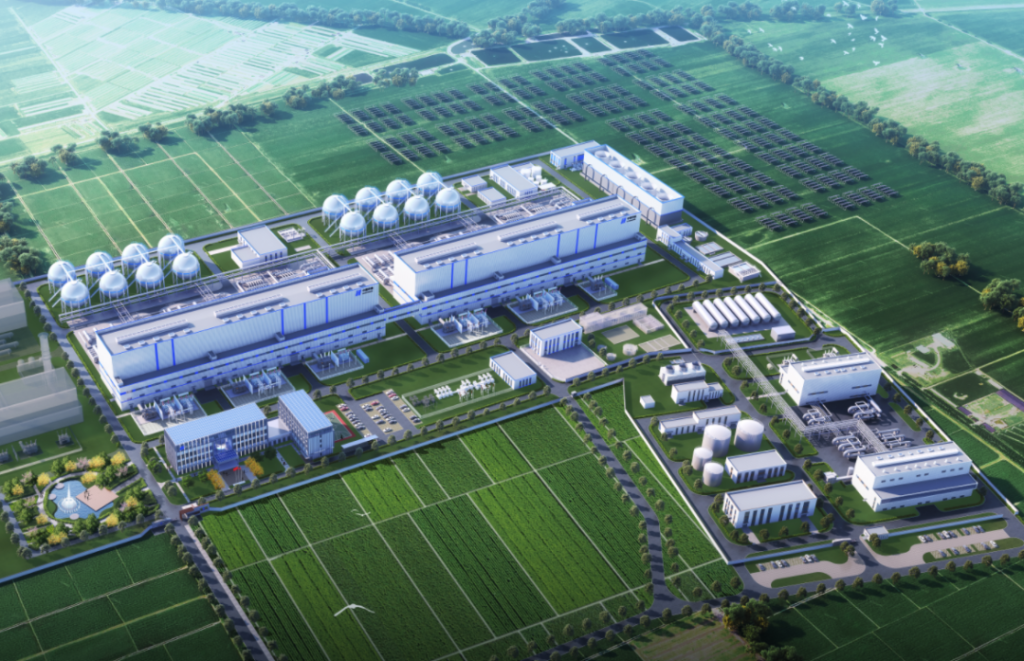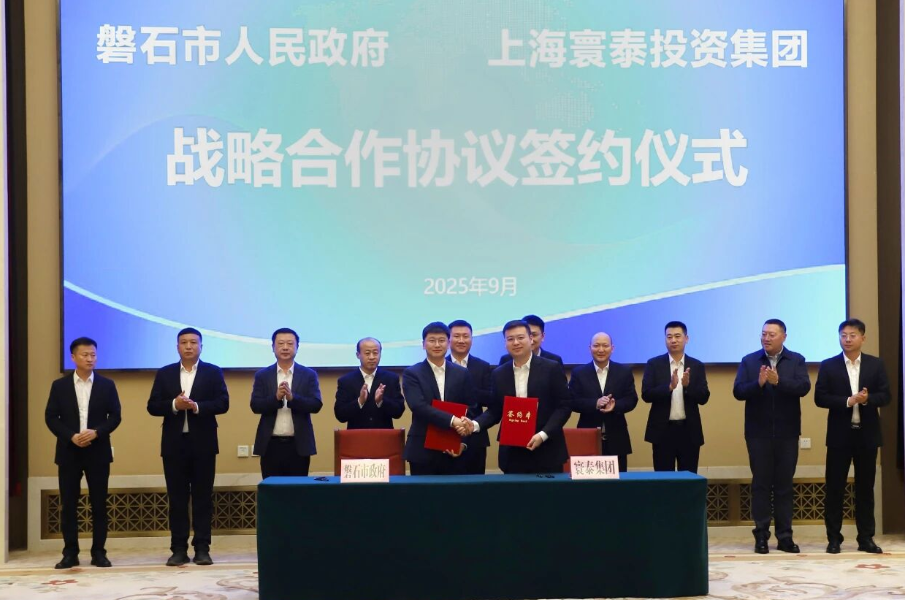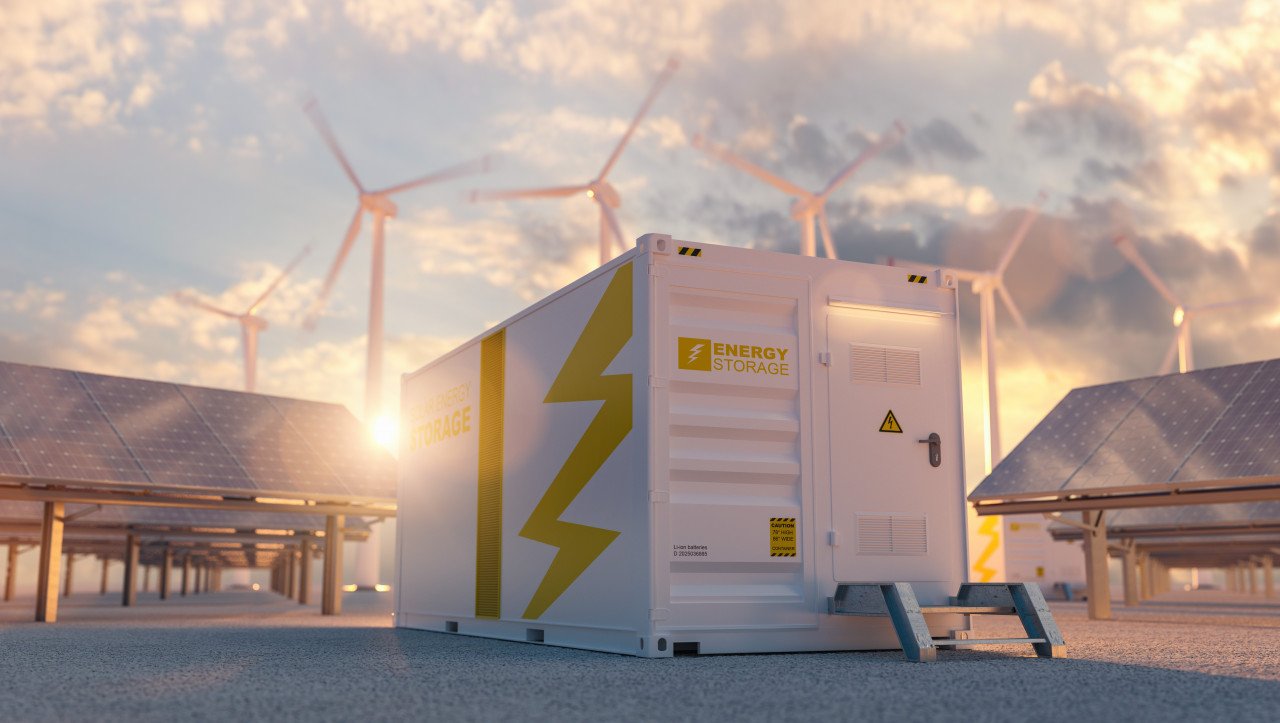On September 27, the Huaneng Jintan Salt Cavern Compressed Air Energy Storage Power Generation Phase II Project, currently China’s largest-capacity compressed air energy storage power station, was successfully energized in Changzhou, Jiangsu Province. This milestone is of great significance for ensuring regional energy security and promoting the green, low-carbon transition.

The project plans to construct two 350-megawatt non-combustion compressed air energy storage units, with a total volume of 1.2 million cubic meters and an energy conversion efficiency exceeding 70%. It is currently the compressed air energy storage power station with the highest single-unit power, largest total capacity, and highest comprehensive efficiency in China.
If both units of the project operate simultaneously, a single charging cycle can store 2.8 million kilowatt-hours of electricity, sufficient to meet the charging needs of 100,000 new energy vehicles. Annually, it can save 270,000 tons of standard coal and reduce carbon dioxide emissions by 520,000 tons.
The project will also serve as a “super energy regulator” for the power grid of the Yangtze River Delta region. It can effectively mitigate the intermittency challenges associated with new energy power generation, enhancing the grid’s regulation capability and the absorption capacity for new energy. One unit of the project can provide 350 megawatts of peak-shaving capacity for Jiangsu Province, significantly supporting stable energy supply during peak periods in winter and summer.
Furthermore, as one of Jiangsu Province’s major projects, it has broken through “bottleneck” technical barriers by developing and manufacturing internationally advanced air turbines and compressor units, achieving 100% localization of core equipment.



